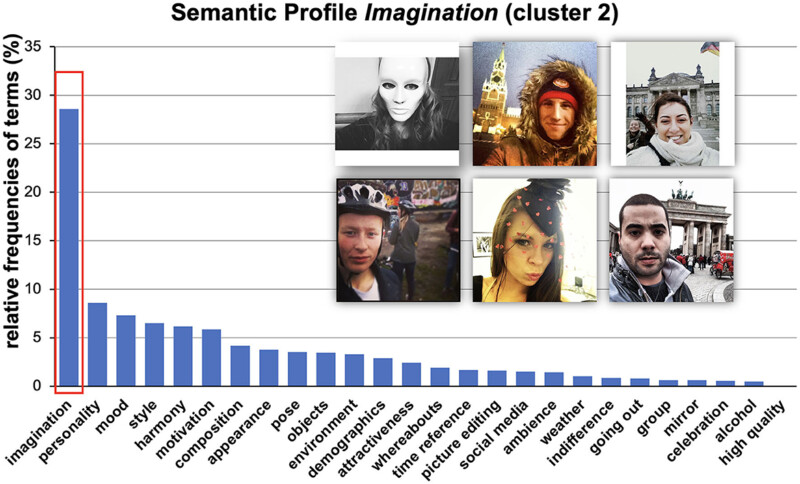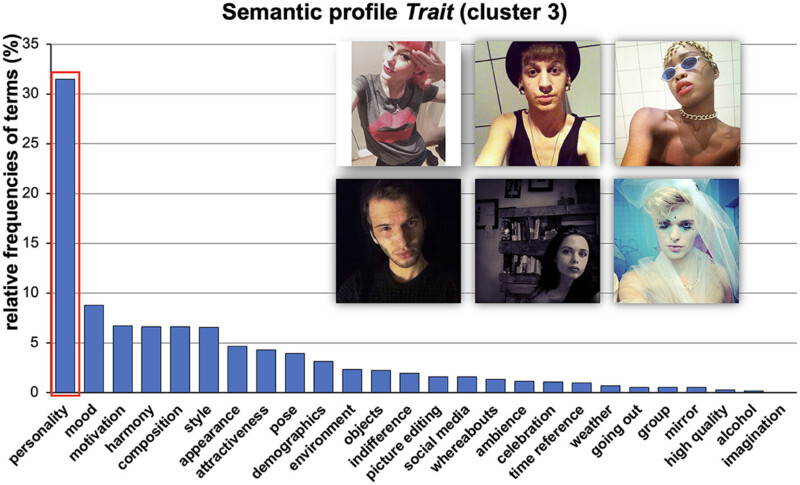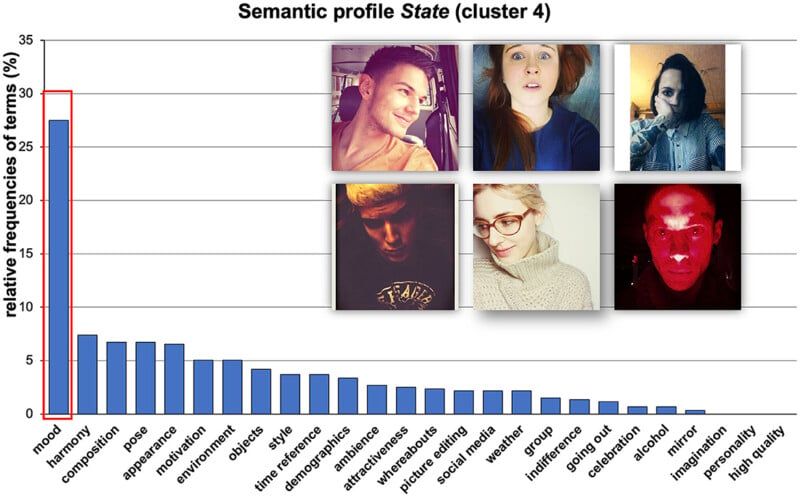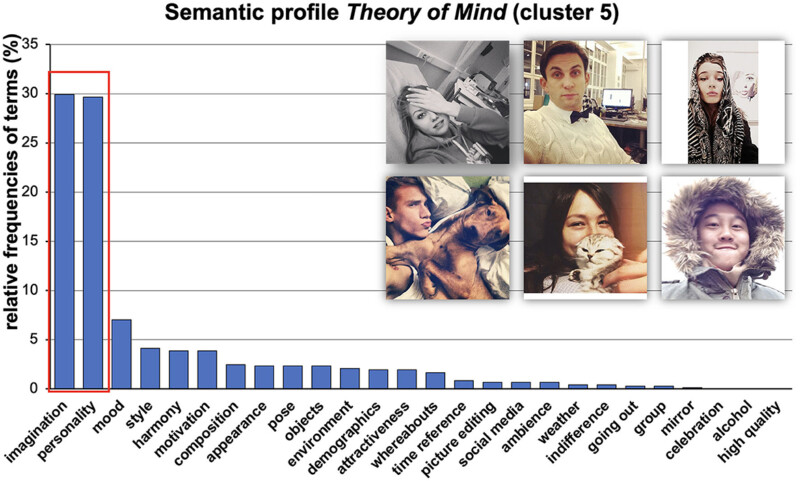Scientists Say Selfies Fall into Five Different Categories
![]()
Scientists studied 1,001 selfies to learn how people use them to communicate and concluded that these photos can be classified into five distinct categories: “aesthetics,” “imagination,” “trait,” “state,” and “theory of mind.”
In a new study, psychologists at the University of Bamberg’s Graduate School of Affective and Cognitive Sciences set out to investigate the semantics of selfies.

“Although the term ‘selfies’ is now celebrating its 21st birthday, and although selfies are known in art history for nearly 200 years in photography and more than 500 years in paintings, we still lack a clear classification of the different types of selfies,” lead author Tobias Schneider says in a release.
In the study published in the journal Frontiers in Communication on Monday, the researchers/psychologists detail how 132 participants were asked to give spontaneous descriptions of selfies from various people, including celebrities and the public.


The psychologists then used an algorithm to select 15 random selfies for each participant to review, out of a total pool of 1,001 self-portraits.
The team then provided five text boxes per selfie for participants to write down their spontaneous reactions to the snaps. Researchers processed this data to organize the participants’ first impressions into 26 categories such as “mood.”


The scientists then analyzed how frequently these categories appeared in responses and if they appeared together. They identified five different main clusters of categories for selfies — which the authors called “semantic profiles.”
Explaining The Selfie Categories
The five distinct categories or semantic profiles for selfies were “aesthetics,” “imagination,” “trait,” “state,” and “theory of mind.”
According to the researchers, “aesthetics” is the most popular selfie category and refers to photographs that show off a certain style or “aesthetic experience”
This category can illustrate major components of aesthetic aspects in selfies such as a certain way of posing, extraordinary hairstyle, making a duckface, or showing off paintings in the background of a photo. It can even extend to artistic techniques in a selfie such as using a mirror to crop picture details.
The second most popular category is “imagination” which denotes selfies that trigger assumptions about where the subject is or what they might be doing. They often feature buildings or other objects that could imply that the individual pictured is at a party or on holiday for instance.
The third most popular type “trait” conveys meaning about what the subject’s personality might be like – such as if they are friendly, self-confident, or shy.
Meanwhile “state” selfies reflect the perceived mood of the depicted person or atmosphere in the photograph, such as if the scene is relaxed or scary.
Lastly, “theory of mind” selfies prompt the viewers of the photo to make assumptions and theories about the subject’s personality, motives, and identity.
“We were quite impressed how often the category ‘theory of mind’ was expressed, because this is a very sophisticated way of communicating inner feelings and thoughts,” Schneider explains.
“It shows how effective selfies can be in terms of communication.”
Image credits: Header photo licensed via Depositphotos; All other photos via “On the Semantics of Selfies” by Tobias Matthias Schneider and Claus-Christian Carbon in Frontiers in Communication.